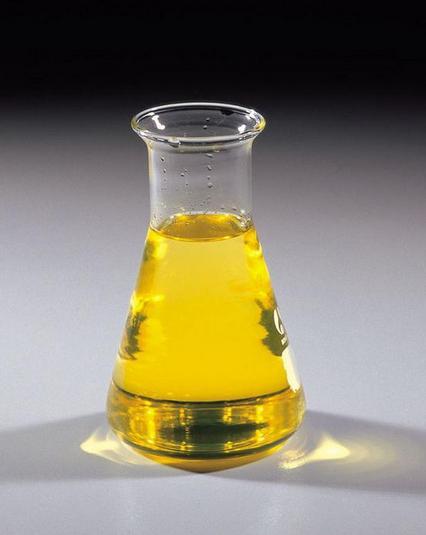Dispersants are also called wetting and dispersing agents. On the one hand, they have a wetting effect; , the other end is solvated into the base material to form an adsorption layer (the more adsorption groups, the longer the chain link, the thicker the adsorption layer), generating charge repulsion (water-based paint) or entropy repulsion (solvent-based paint), so that the pigment particles can be dispersed for a long time Suspended in the paint, avoiding re-flocculation, thus ensuring the storage stability of the prepared paint system.

Common types of dispersants:
1. Anionic wetting and dispersing agent
Most of them are composed of non-polar negatively charged lipophilic hydrocarbon chain parts and polar hydrophilic groups. The two groups are located at both ends of the molecule, forming an asymmetric hydrophilic and lipophilic molecular structure. Its varieties are: sodium oleate C17H33COONa, carboxylate, sulfate ester salt (R—O—SO3Na), sulfonate (R—SO3Na) and so on. Anionic dispersants have good compatibility, and polycarboxylic acid polymers can also be applied to solvent-based coatings, and are widely used as controlled flocculation-type dispersants.
2. Cationic wetting and dispersing agent
It is a non-polar positively charged compound, mainly including amine salts, quaternary ammonium salts, pyridinium salts, etc. Cationic surfactants have strong adsorption capacity, and have better dispersing effects on carbon black, various iron oxides, and organic pigments. However, attention should be paid to its chemical reaction with carboxyl groups in the base material, and attention should be paid not to use it with anionic dispersants at the same time.
3. Controlled free radical hyperdispersant
Second, the role of dispersant
1. Improve the gloss and increase the leveling effect.
2. Prevent floating color and blooming.
3. Improve the coloring power.
4. Reduce viscosity and increase pigment loading.
5. Reduce flocculation and increase construction and usability.
6. Prevent thickening and increase storage stability.
7. Increase color development and color saturation.
8. Increase transparency or covering power.
9. Improve grinding efficiency and reduce production costs.
10. Prevent settlement.

 微信扫一扫打赏
微信扫一扫打赏

